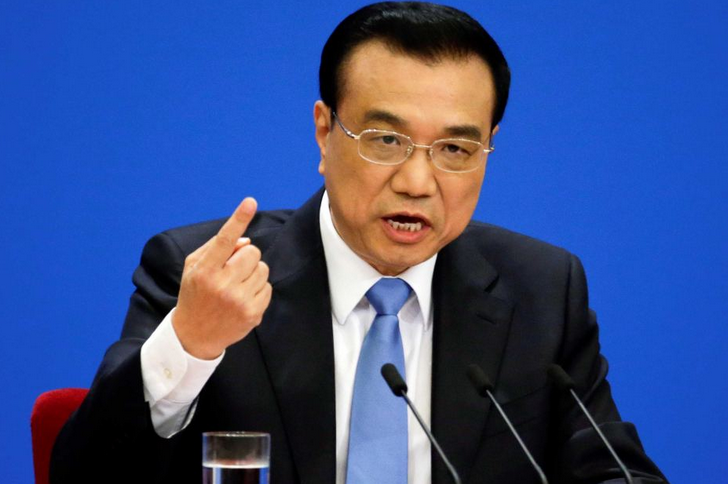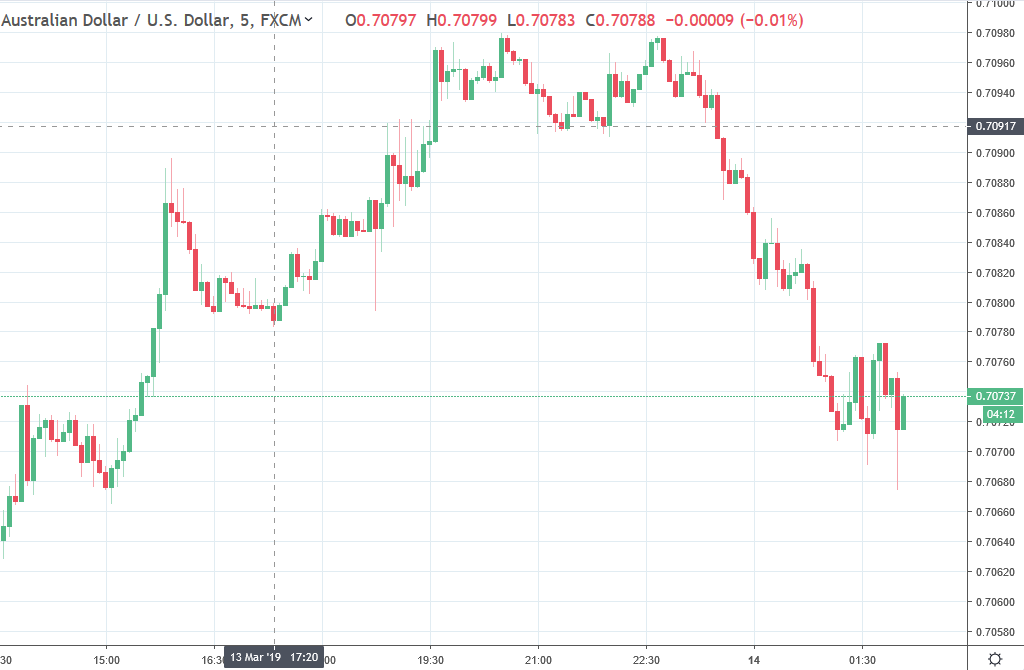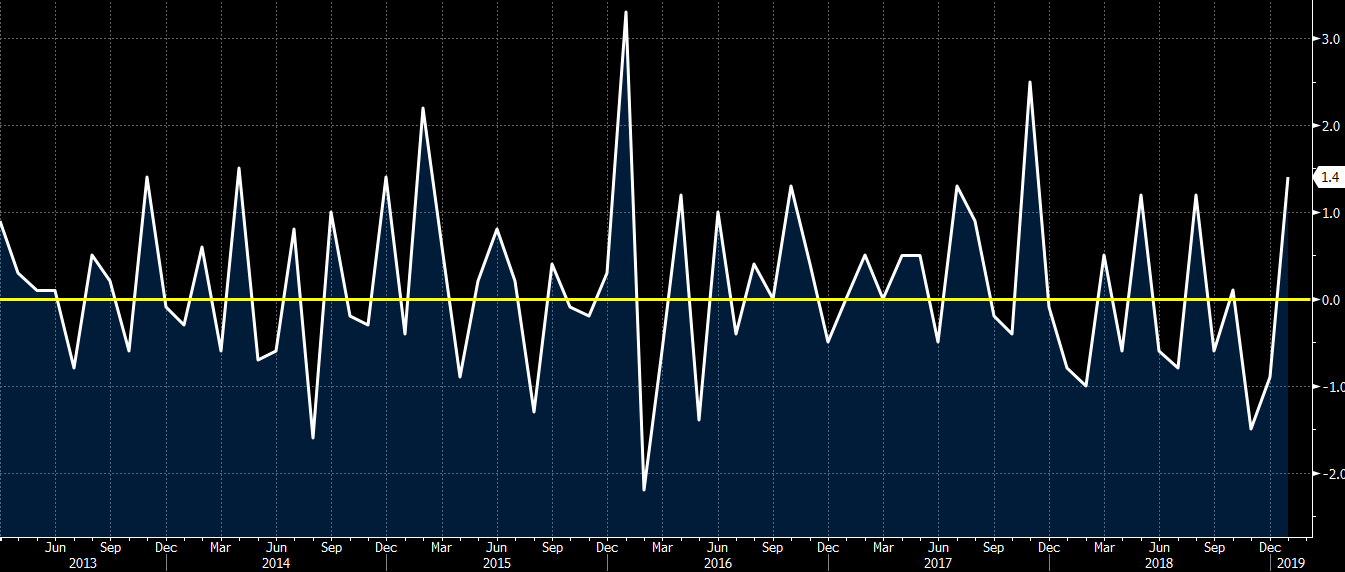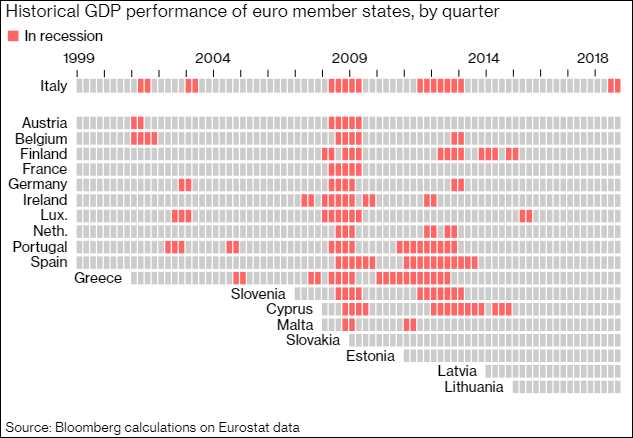Bank of Japan March 14 and 15 policy meeting Statement issued now
- maintains short-term interest rate target at -0.1 pct
- maintains 10-year JGB yield target around zero pct
- BOJ decision on yield curve control made by 7-2 vote, board members Harada, Kataoka dissent
- BOJ leaves unchanged pledge to buy JGBin flexible manner so its holdings increase at annual pace of around 80 trln yen
BOJ cuts assessment on exports, output
- tweaks assessment on Japan’s economy
- Says Japan’s economy expanding moderately but exports, output affected by overseas slowdown
- says overseas economies growing moderately but slowdown observed
- says exports showing some weakness recently
- says output showing some weakness but rising moderately as a trend
- says Japan economy likely to continue expanding moderately despite impact of overseas slowdown
- Says exports likely to remain weak for some time but remain on moderate rising trend
This decision and the surrounding downgrades were all expected by the market.





